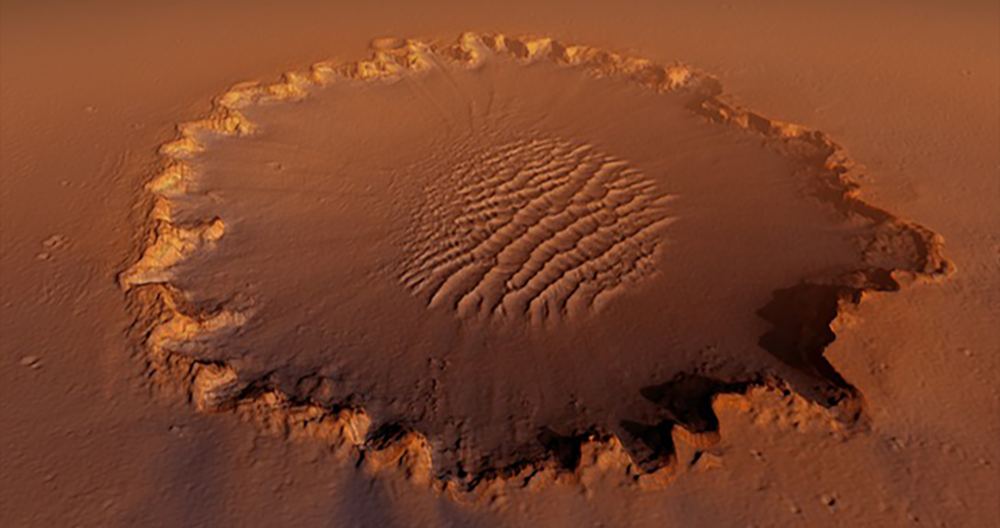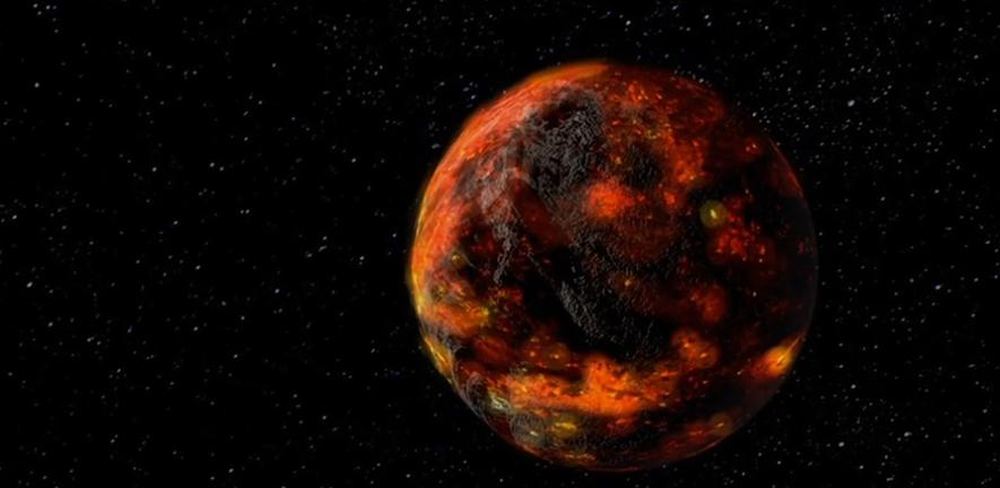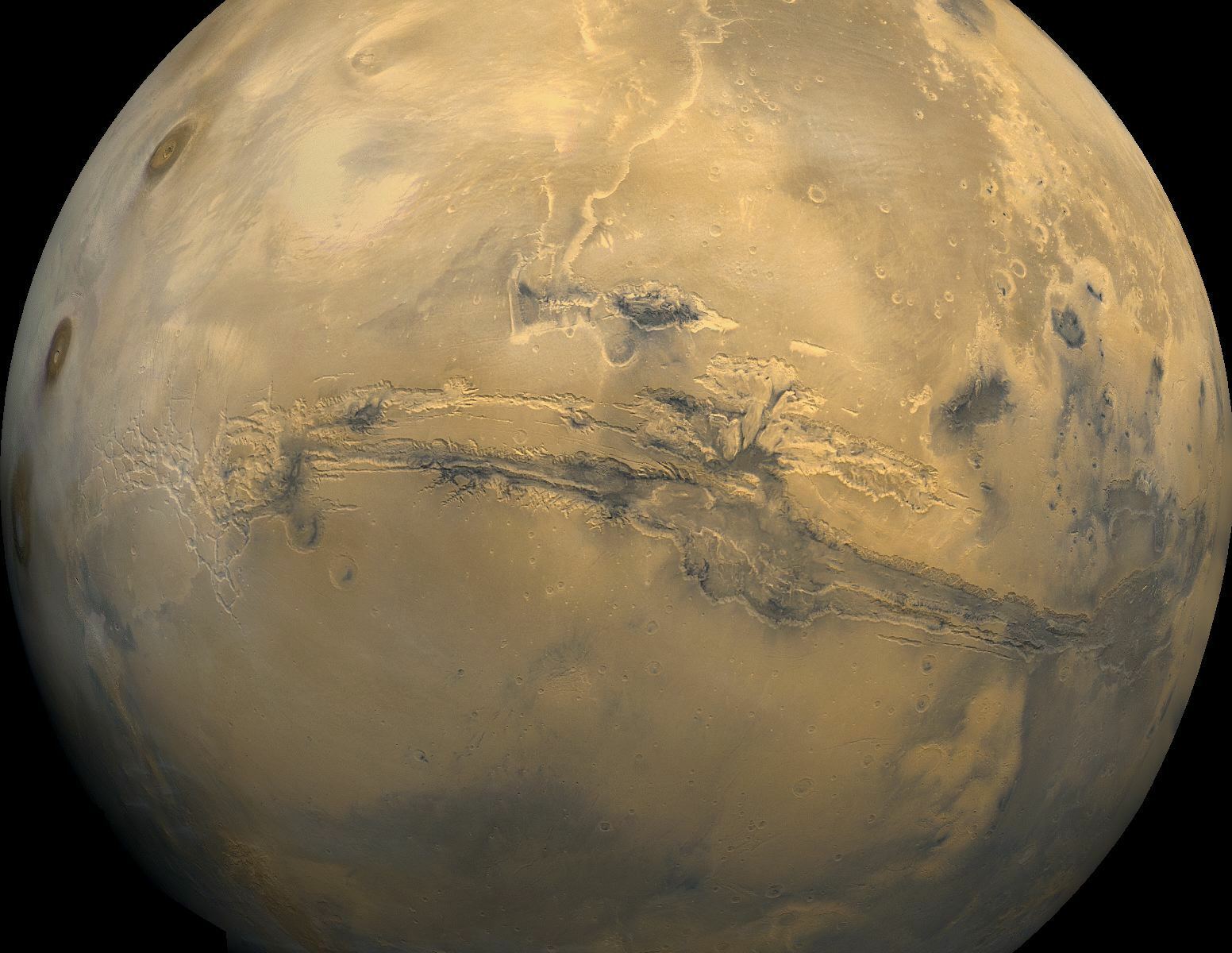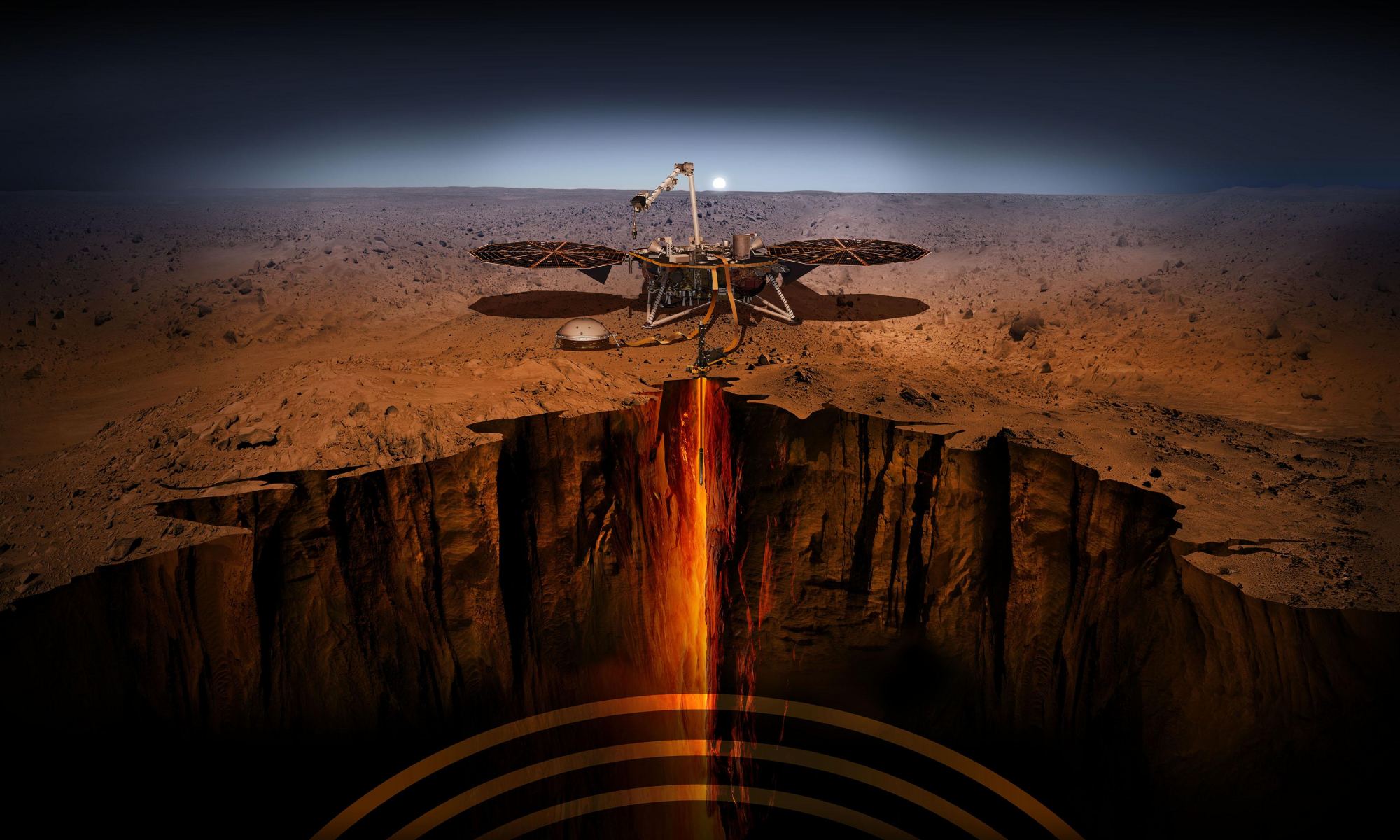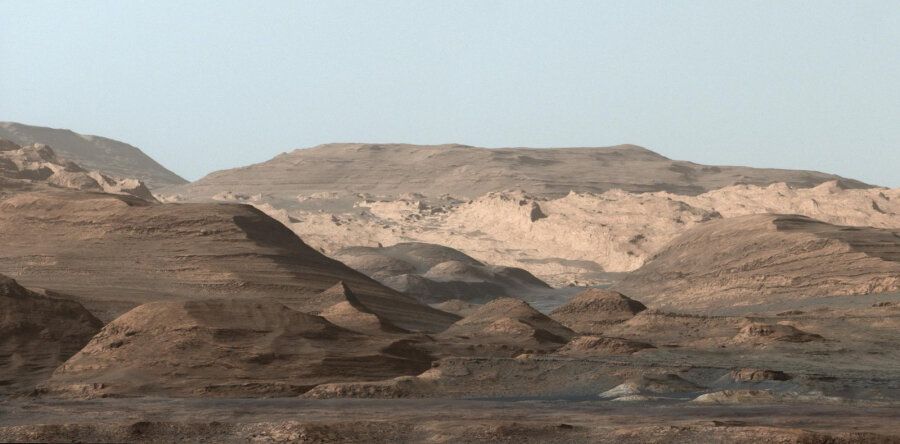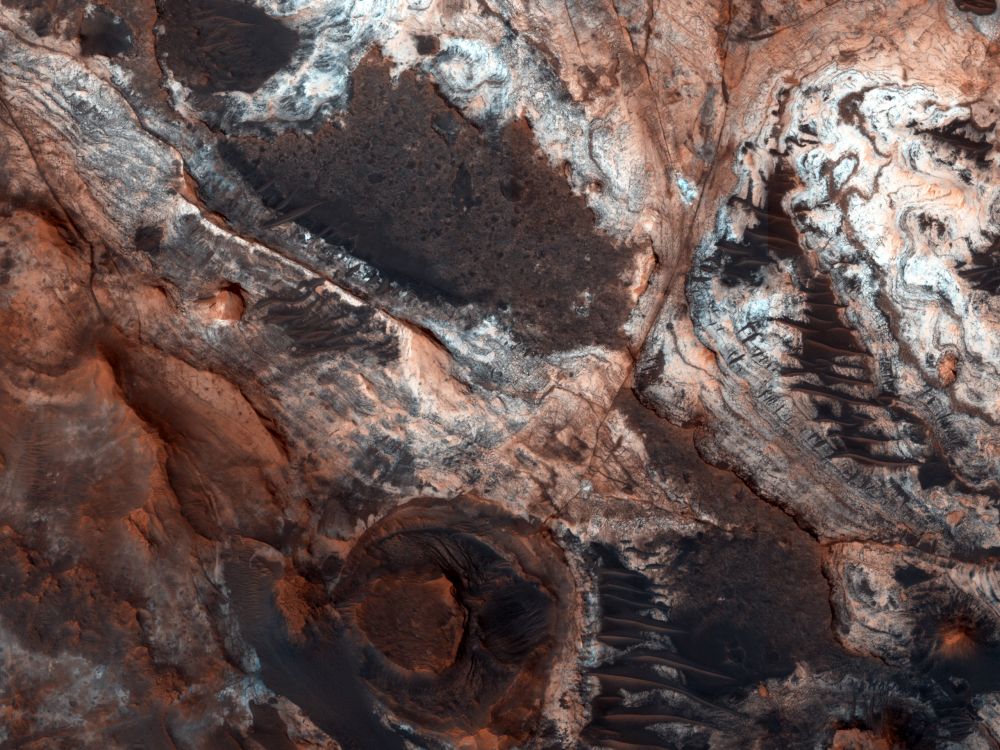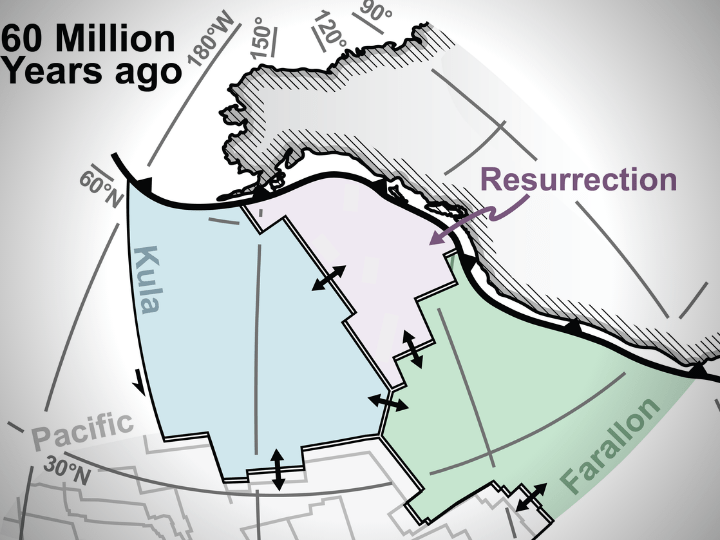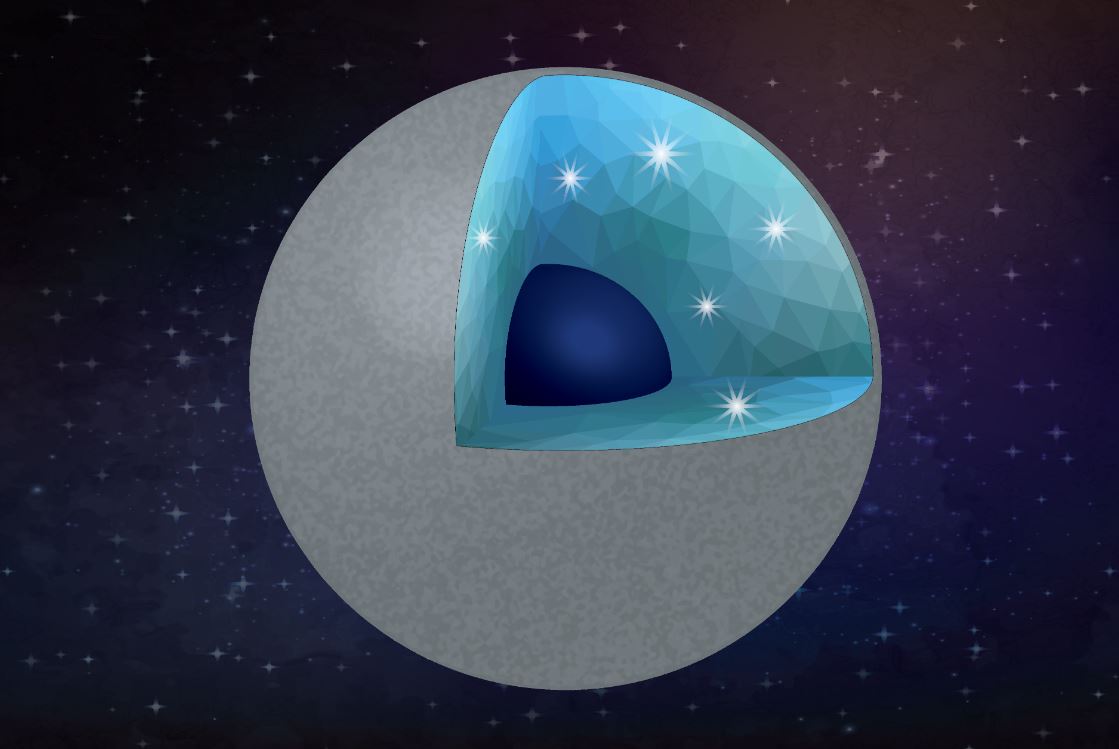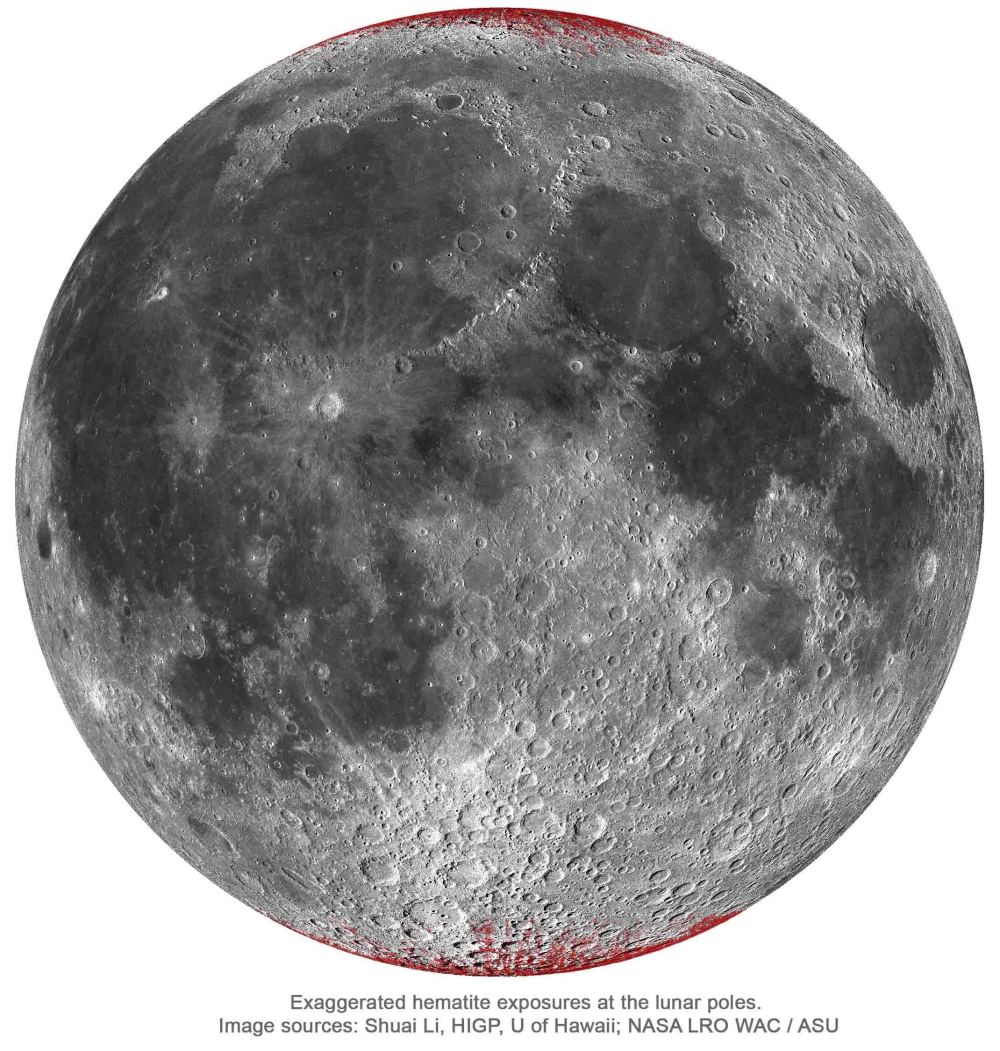New research shows that Mars has faced a constant rain of meteors during the last 600 million years. This finding contradicts previous research showing that the impact rate has varied, with prominent activity spikes. Why would anyone care how often meteors rained down on Mars, a planet that’s been dead for billions of years?
Because whatever Mars was subjected to, Earth was also likely subjected to.
Who wouldn’t want to know our planet’s history?
Continue reading “It’s Been Constantly Raining Meteors on Mars for 600 Million Years. Earth too.”
